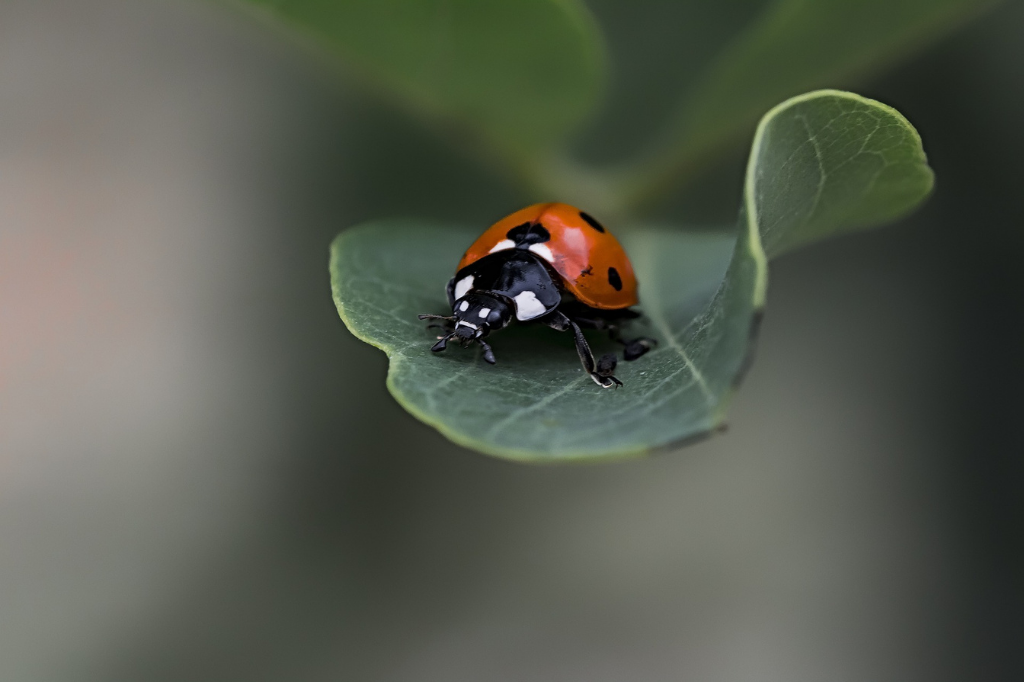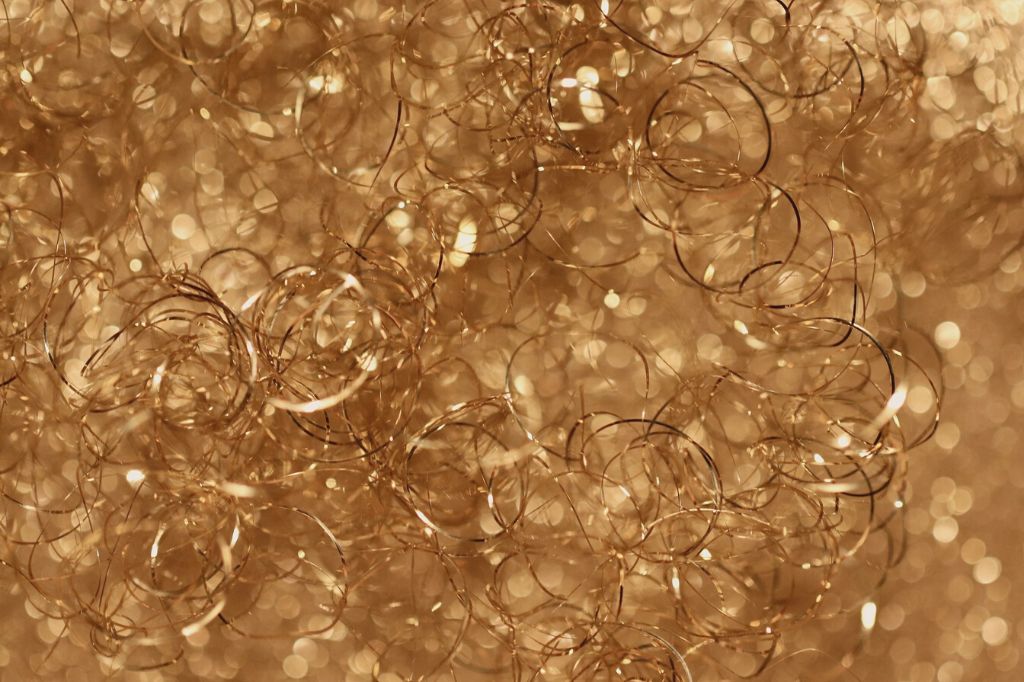And some things you can do to encourage them to visit
When you first start out with gardening it can be overwhelming trying to figure out which bugs you do want and which bugs you don’t want.
To get you started here’s a list of five good bugs that you do want to see in your garden.
1. Earthworms

Earthworms are the wiggly-squiggly backbone of a healthy soil – and healthy soil means a healthy garden.
Worms eat dirt and pass it through their bodies as they burrow. The worm castings are nutrient-dense and help to break up organic matter. With all that burrowing it’s like having a little tiller underground improving the water and airflow just for you!
Speaking of tilling, if you want to have an abundant worm population it’s important to limit the tilling in your garden.
Worms will do the work for you after the first season if you keep the area relatively undisturbed and full of compost. Keep your worms happy by ditching the chemical fertilizers and pesticides in exchange for manure, compost, and encouraging other helpful bugs.
2. Ladybugs

Ladybugs (also called ladybirds and lady beetles) are little valkyries in the war against pests in your garden. Ladybugs eat aphids, mealy bugs, mites, and other small insects that will damage your plants. An adult ladybug can eat between 25 and 5,000 aphids in a day… Which is quite the range for one little beetle!
Ladybugs are fans of dill, fennel, calendula, yarrow, and marigolds. (Pollen-rich or flat-top blooms are a pretty good bet all around).
To help house ladybugs over the winter you can build them their own little ladybug hotel or leave dead plants alone in your yard until after the final frost in spring. Ladybugs like to hibernate in the stems of last seasons plants.
3. Spiders

First things first, spiders are not bugs they’re arachnids. If there are any entomologists or arachnologists reading my post – I apologize.
There are around 3,500 different kinds of spiders in the United States and of those only 2 are dangerous to people. (Learn more about them in my post 5 Bugs You Don’t Want).
Of the 3,498 not-dangerous spiders most of them are beneficial for your garden. While spiders do sometimes eat other good bugs they eat a lot more bad bugs. Jumping spiders and wolf spiders are especially good predators.
With only two dangerous spiders to watch out for it’s good to get in the habit of relocating spiders that you find in your house outside to your garden.
4. Bees

We need bees.
Almost all plants require pollination to grow (no really, it’s like 90% of plants) and bees are the most prolific pollinators. The average honey bee can visit as many as 2,000 flowers in a day.
The honey bee is the most iconic bee but there are actually 4,000 kinds of bee native to North America. Unfortunately, bees are on the decline worldwide due to practices of monoculture farming, pesticide use, and pathogens.
To help bees in your garden plant flowers that are native to your area and that haven’t been treated with pesticides.
For more on helping bees in your backyard check out my post 8 Ways to Help Bees at Home.
5. Butterflies

Butterflies are another great pollinator. If you’ve got kids around the garden they might even be the more attractive option since they don’t have stingers like bees do.
Besides helping to pollinate your plants butterflies are a popular food for birds, bats, lizards, and spiders! A healthy butterfly population means a healthy ecosystem which is good news for everything.
Much like bees butterflies benefit from native pollinator-friendly plants and a lack of pesticide use. While caterpillars can be pests to your garden they grow up to be important (contributing) members of your garden’s ecology.
Honorary Mention: Wasps

Wasps! An unexpected addition to the good bugs list.
Like bees, wasps play a vital role as pollinators. Unlike bees, wasps will go around your garden eating aphids and other pests who in turn are trying to eat your veggies.
While I wouldn’t suggest trying to attract wasps to your yard, it’s nice to know that they’re helping out in the garden in their own cranky way.
What do you think?
Are there any important bugs I missed in my good bug round-up? Are you surprised by any of these inclusions?
Comment below and let me know!
To learn more about some bugs that you don’t want in your garden check out my post 5 Bugs You Don’t Want.








